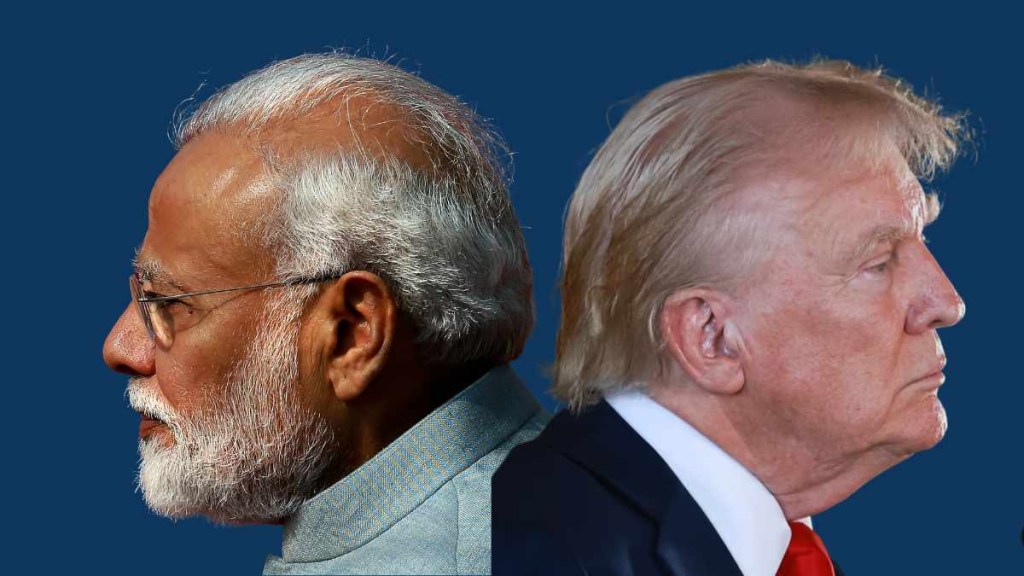The relationship between India and the United States has been fraying every day ever since President Donald Trump took credit for “brokering” a ceasefire between India and Pakistan, repeating the claim whenever he got the opportunity, even though India maintained that he had no involvement. He announced it for the very first time on Truth Social, saying, “Full and immediate ceasefire,” even before India’s Foreign Secretary Vikram Misri informed people.
Trump’s ceasefire claim, support for Nobel
But what worsened it was the June 17 call, when Trump, per an NYT report, told Modi that he had “brokered” the military conflict between India and Pakistan and suggested that India nominate him for the prestigious Nobel Peace Prize. He reportedly went further, claiming that Pakistan would nominate him as well.
The outlet further reported that because of this conversation, PM Modi “was losing patience” with Trump. Despite PM Modi making it clear time and again that Trump had no role in the ceasefire and that it was settled between the two neighbouring countries, he continued to further his claims publicly. This made New Delhi furious, so much so that the two of them have not spoken since that call.
Bloomberg too reported on the 35-minute call between the two “friends”, with quotes from New Delhi officials who do not wish to be named. The officials told the outlet that PM Modi had slammed Trump over his “mediation” claims during Operation Sindoor after the Pahalgam terror attack.
The call took place as Trump left early from the G7 summit in Canada for Washington aboard his Air Force One. Trump even invited PM Modi to make a stop in Washington before flying back to India. This New Delhi saw as an attempt to ambush him into a photo op with Pakistani Army Chief Asim Munir, who Trump invited to the White House over lunch around the same time. Consequently, Modi declined the offer and visited Croatia, citing prior commitments. This was also because the US, in a way, legitimised Pakistan’s terror activities by hosting the Army Chief.
“India does not and will never accept mediation,” Modi was quoted as saying in the report. It added that he “Trump listened to him carefully” and that he “expressed his support toward India’s fight against terrorism”.
Tariff tensions between India-US
Since the conversation took place hot on the heels of the trade deal between the two, when Modi expressed his disagreement and denied supporting Trump’s Nobel dream, he apparently slapped a 50% tariff on Indian goods. But it also came in parts. First, he announced 25 per cent and then another 25 per cent for buying oil from Russia.
The relationship, which the two world leaders established during Trump’s first term, with “Namaste Trump” and “Howdy Modi” rallies, started straining when the US deported Indians in handcuffs just as PM Modi was departing for his Washington trip.
The Trump administration’s visa crackdown has intensified further, with the US deporting undocumented Indian immigrants, placing more restrictions on student visas, and H-1B visa holders.
Now that the relationship with the US has plunged to a new low, PM Modi has landed in China for the SCO summit. He, along with China’s Xi Jinping and Russia’s Vladimir Putin, would come out with a solution to Trump’s tariffs and sanctions against Russia. They might also explore ways to reduce dependence on the US dollar.

